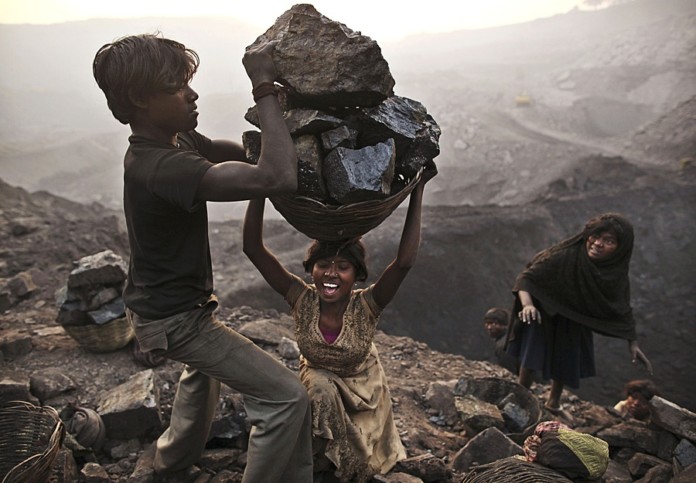India, and other countries, will burn coal far into the future. The question is what will they burn it for and how much will they burn? It is reasonable to accept that substantial amounts of hard, ‘metallurgical coal’ will still be required for smelting and working metals like steel for some decades, but the quantities will get smaller every year. For example, a British -Indian entrepreneur, Sanjeev Gupta, is converting a steel works in South Australia to renewable energy sourced from his investments in nearby solar and wind farms – even in heavy industry a transition few imagined is already occurring.
 Nearly four years ago in Hyderabad I presented a paper entitled ‘The End of the Age of Coal’ to an audience of some 1,000 Indian ‘green’ construction entrepreneurs, academics and others – I argued that within 10 years, in India and elsewhere, renewable energy (solar, wind) would overtake coal for generating electricity. I was told later this prediction shocked some, who thought I was dreaming or ill-informed. At roughly the same time the ‘Bridge to India’ (http://www.bridgetoindia.com/) was established with funding from Tata – since then they have been tracking this process – visit their website to see what is happening.
Nearly four years ago in Hyderabad I presented a paper entitled ‘The End of the Age of Coal’ to an audience of some 1,000 Indian ‘green’ construction entrepreneurs, academics and others – I argued that within 10 years, in India and elsewhere, renewable energy (solar, wind) would overtake coal for generating electricity. I was told later this prediction shocked some, who thought I was dreaming or ill-informed. At roughly the same time the ‘Bridge to India’ (http://www.bridgetoindia.com/) was established with funding from Tata – since then they have been tracking this process – visit their website to see what is happening.
In India, now, no private company or foreign investor wants to build a coal-fired power station, some have been left half-built, some recently completed (like Adani’s) are on the way to bankruptcy. It is no wonder coal imports are falling, even Coal India is now struggling to sell low grade coal to domestic power stations; Indian coal imports will end in a few years.
The Energy and Resources Institute (TERI) India reckons enough coal plants are running or under construction to meet demand until 2026 – less than a decade away – I suspect these and others will become ‘stranded assets’ during the coming decade. The 240 million Indians ‘off-grid’ will only ever be able get electricity from local solar or wind – coal power can do nothing for them. More than three times (175 GW) as much renewable capacity is now being built compared to coal (50 GW). Renewables and coal are now cost-equivalent (3-5R/kWh) – and the low cost of renewables and lower running costs make them progressively more competitive with coal.
The rate of expansion of investment, quickly followed by construction and powering-up, of solar and wind farms in India has exceeded even the most optimistic expectations made only a few year ago. This is driven and complemented by rapid improvements in grid-scale battery storage and control systems for connecting renewable power farms, with variable output, to the national grid. It looks like even the optimists are proving to be insufficiently optimistic, and the pessimists are nowhere to be seen or heard.
As the national smog health emergency of a few months ago in the NCR graphically demonstrated, it’s not just that renewables can provide electric power more cheaply and quickly, they also provide a sane way out of the mega-health disaster that is stalking not just northern India but other parts of the country and neighboring countries. Speaking approximately, solar and wind, given good government policy (certainly not always a given) and rapidly expanding investments could replace all coal-fired power stations in India within a decade, maybe sooner. Forward looking organizations are already making plans for this.
We have to ask: what is the point of Indian families, rich and poor, committing scarce resources and loving care to educating their children if their lives are to be blighted and shortened by pollution from coal-fired power stations? – not to mention the mounting health problems diesel transport pollution causes. Quickly reducing then ending deadly air and water pollution from coal-fired electricity is an initiative that would open the way for India’s massive investments in education, health, environment and community development to fulfill their potential. Until now, and increasingly, these investments are being undermined by coal-related pollution.
The quicker the ‘Ago of Coal’ ends in India the healthier and richer India will become. The real challenge for all Indians, especially youth, is doing whatever is necessary to make it happen as fast as possible.







